We are republishing this article in memory of the late Bishop Lorenzo Genotiva who first enlightened us during a Christmas Day Service in a dialogue with his son Calvin.

The word Christ and its compounds, including Christmas, have been abbreviated in English for at least the past 1,000 years, long before the modern Xmas was commonly used.
Christ was often written as Xρ or Xt; there are references in the Anglo-Saxon Chronicle as far back as 1021.
This X and P arose as the uppercase forms of the Greek letters χ (Ch) and ρ (R) used in ancient abbreviations for Χριστος (Greek for Christ), and are still widely seen in many Eastern Orthodox icons depicting Jesus Christ.
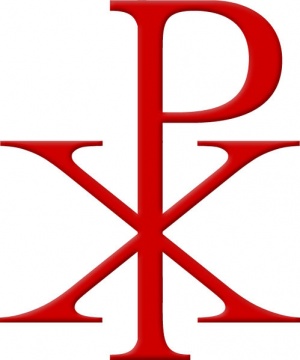
The labarum, an amalgamation of the two Greek letters rendered as ☧, is a symbol often used to represent Christ in Catholic, Protestant, and Orthodox Christian Churches.
The Oxford English Dictionary (OED) and the OED Supplement have cited usages of X– or Xp– for Christ as early as 1485.
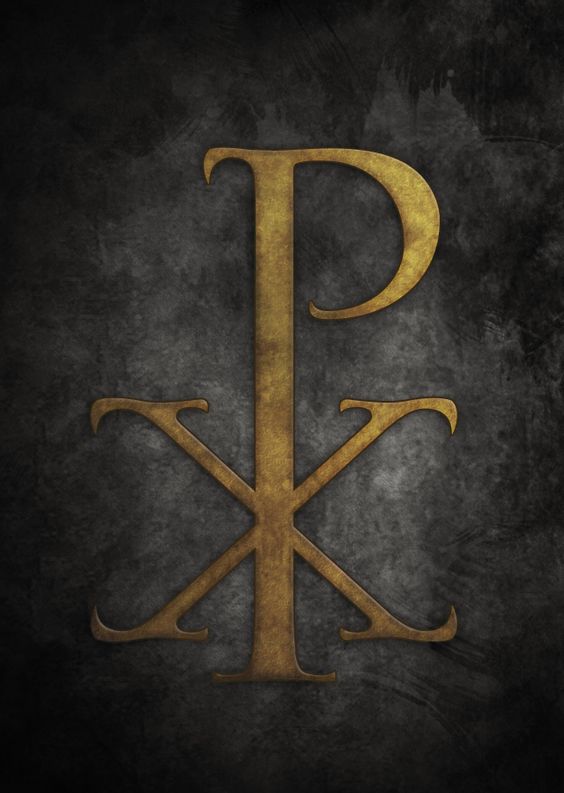
The terms Xtian (and less commonly Xpian) have also been used for Christian. The OED further cites usage of Xtianity for Christianity from 1634. According to Merriam-Webster’s Dictionary of English Usage, most of the evidence for these words comes from “educated Englishmen who knew their Greek”.
In ancient Christian art, χ and χρ are abbreviations for Christ’s name.
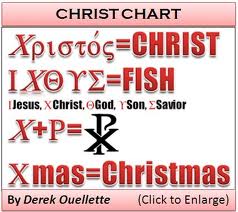
In many manuscripts of the New Testament and icons, Χ is an abbreviation for Χριστος , as is XC (the first and last letters in Greek, using the lunate sigma);[ compare IC for Jesus in Greek.
So apparently, the X’mas abbreviation has been used for hundreds of years (some texts cite its first known use as 1551) in religious writing and variants such as Xtemass, originated as handwriting abbreviations for the typical pronunciation /ˈkrɪsməs/.

Besides the Greek letter X representing Christ, the word mas in Xmas is from the Old English word derived from Latin for Mass.
The word Christ and its compounds, including Christmas, have been abbreviated in English for at least the past 1,000 years, long before the modern Xmas was commonly used.

Unfortunately, most probably because of its widespread use in commercials and other Christmas season advertising and marketing, many people have inadvertently interpreted the term Xmas as an informal abbreviation of the word Christmas and even pronounce it as /ˈɛksməs/.
There is a prevalent and persistent misconception that the word Xmas stems from a secular attempt to remove the religious tradition from Christmasby taking the Christ out of Christmas.

In the United Kingdom, the former Church of England Bishop of Blackburn, Alan Chesters, recommended to his clergy that they avoid the spelling. In the United States, in 1977 New Hampshire Governor Meldrim Thomson sent out a press release saying that he wanted journalists to keep the Christ in Christmas, and not call it Xmas—which he asserted was a pagan spelling of Christmas.
Dennis Bratcher, writing for a website for Christians, states “there are always those who loudly decry the use of the abbreviation ‘Xmas’ as some kind of blasphemy against Christ and Christianity”.

Among them are evangelist Franklin Graham and CNN journalist Roland S. Martin. Graham stated in an interview: “for us as Christians, this is one of the most holy of the holidays, the birth of our savior Jesus Christ. And for people to take Christ out of Christmas. They’re happy to say merry Xmas. Let’s just take Jesus out. And really, I think, a war against the name of Jesus Christ.”
Martin likewise relates the use of Xmas to his growing concerns of increasing commercialization and secularization of one of Christianity’s highest holy days.Bratcher posits that those who dislike abbreviating the word are unfamiliar with a long history of Christians using X in place of Christ for various purposes.

According to Merriam-Webster’s Dictionary of English Usage, most of the evidence for these words comes from “educated Englishmen who knew their Greek”. It further states that its modern use in advertisements, headlines and banners is extensive because its conciseness is valued. The association with commerce “has done nothing for its reputation”, according to the dictionary.
Besides the ancient writings, Xmas has also been extensively used in many countries and cultures in the centuries predating its extensive use in media.
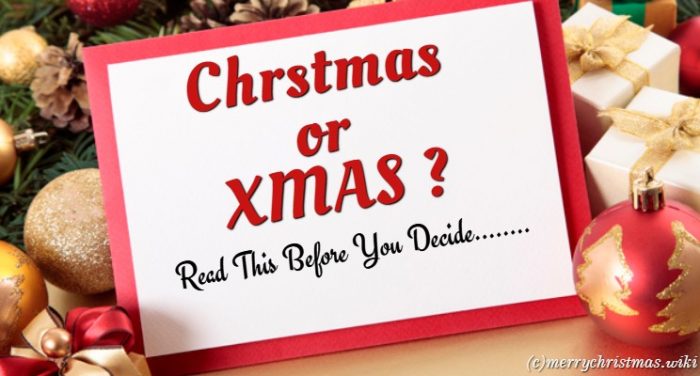
Following are just a number of instances once can easily access from its URL in Wikipedia http://en.wikipedia.org/wiki/Xmas:
Early use of Xmas includes Bernard Ward’s History of St. Edmund’s college, Old Hall (originally published circa 1755). An earlier version, X’temmas, dates to 1551. Around 1100 the term was written as Xp̄es mæsse in the Anglo Saxon Chronicle.

Xmas is found in a letter from George Woodward in 1753.Lord Byron used the term in 1811, as did Samuel Coleridge (1801) and Lewis Carroll (1864).
In the United States, Oliver Wendell Holmes, Jr. used the term in a letter dated 1923. Since at least the late 19th century, Xmas has been in use in various other English-language nations.

Quotations with the word can be found in texts written in Canada, and the word has been used in Australia, and in the Caribbean.
Citations of the aforementioned uses may be referred to at the end of this same cited entry in Wikipedia.
Besides its extensive use in the abbreviations for Christ and Christmas, the X representation for Christ can also be found in other Christian Holidays such as Easter in Russia.
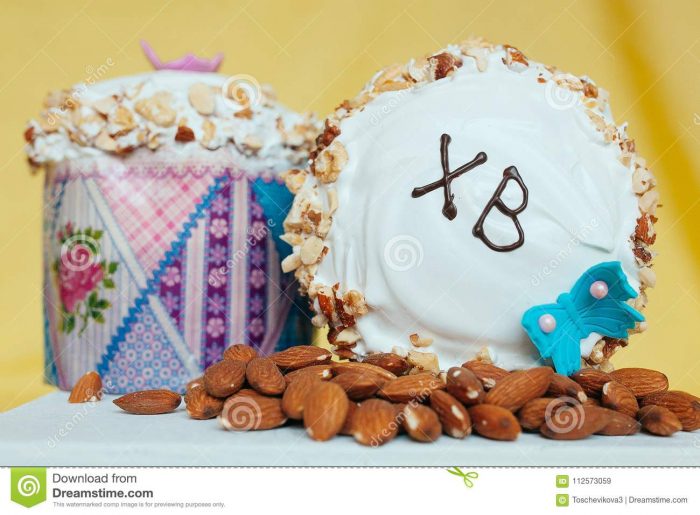
Russian families pack straw baskets with pyramids of paskha and columns of kulich (both decorated with the Cyrillic letters X B, which stand for the Russian words meaning Christ is risen.
The paskha is decorated with traditional religious symbols, such as the Chi Ro and the letters X and B (Cyrillic letters for Христосъ Воскресе the Slavonic traditional Paschal greeting “Christ is Risen.”
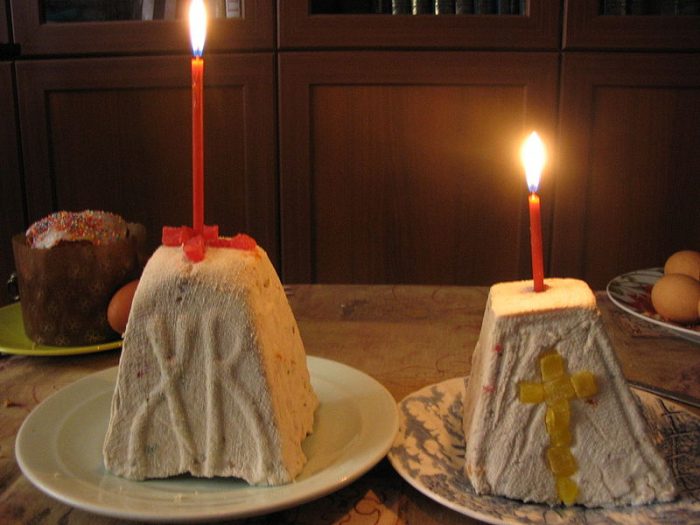
Wikipedia also cites how other proper names containing the name Christ are abbreviated similarly, either as X or Xt, both of which have been used historically, e.g., Xtopher or Xopher for Christopher, or Xtina or Xina for the name Christina.
In the 17th and 18th centuries, Xene and Exene were common spellings for the given name Christine. The American singer Christina Aguilera has sometimes gone by the name Xtina.
(This article has been sourced from online sources. The reader is encouraged to surf the internet to verify for himself the above mentioned citations)
-30-